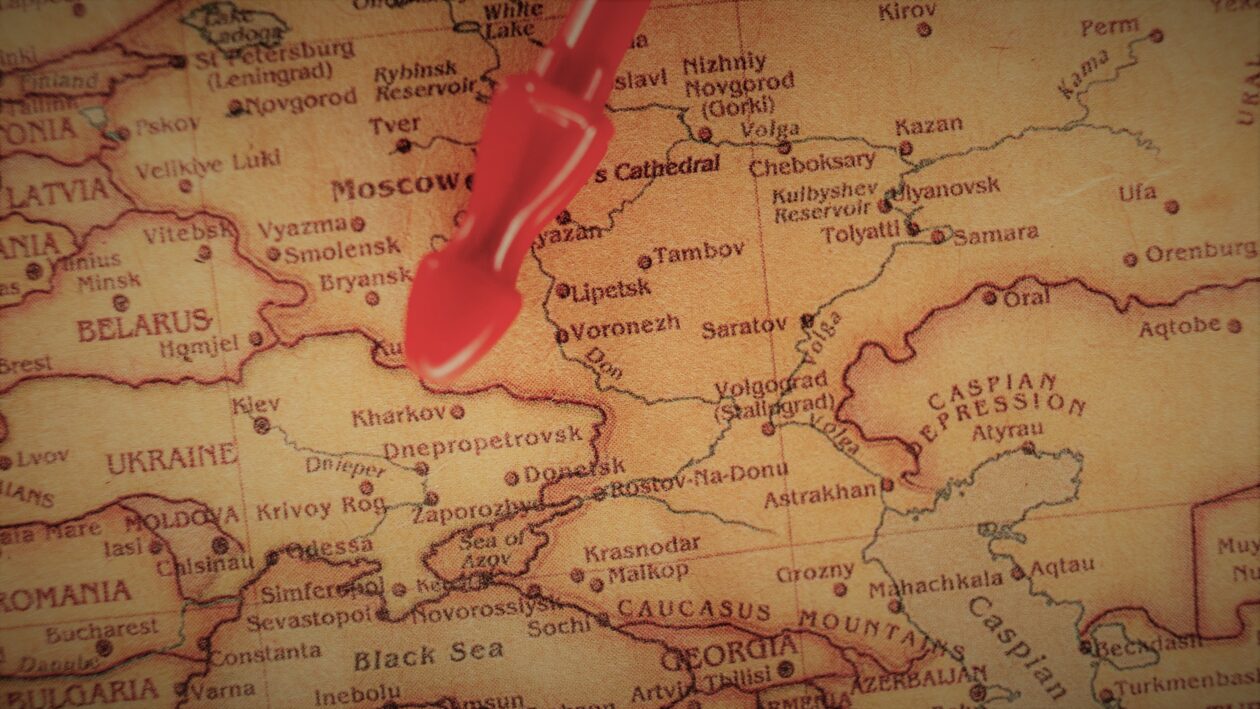Crypto activity determined as “high risk” is more prevalent in Eastern Europe than in any other region, amidst the Russia-Ukraine war, according to a Thursday report by blockchain analytics firm Chainalysis.
Eastern Europe is the fifth-largest regional cryptocurrency market, according to Chainalysis, with US$630.9 billion in value received on-chain between July 2021 and June 2022. That represents 10% of global transaction activity during the period studied, which is relatively in line with past performances.
About 18% of the crypto activity in Eastern Europe is associated with “risky or illicit” activity, according to the report, representing the highest rate of any region measured by Chainalysis. However, it is primarily from transactions considered risky, with the bloc’s rate of illicit transactions below sub-Saharan Africa and Latin America and on par with North America.
A significant driver of the region’s high rate of risky activity is the prevalence of “high-risk exchanges,” which have little to no know-your-customer (KYC) information standards. The report said that such exchanges represent about 6% of transaction activity in the region, compared to 1.2% for the next-closest region.
In Russia, Eastern Europe’s largest country, sanctions in response to the Ukraine invasion are restricting citizens from accessing many international crypto services and could be pushing them to riskier services. The EU further tightened restrictions on Russian crypto transactions last week, banning all crypto-asset wallets, accounts or custody services from the country.
Russia’s cryptocurrency transactions, both in crypto-to-crypto and crypto-to-fiat currency, surged in March following the Ukraine invasion, the report said. An anonymous expert who’s worked with financial intelligence units in Eastern Europe told Chainalysis that oligarchs and ordinary people were looking for ways to get money outside Russia or cash out.
As restrictions set in during the months following the March surge, crypto transactions measured by Chainalysis have decreased in Russia. During the same time, Russians were moving to new exchanges in countries like Kazakhstan and Georgia, Chainalysis’ source said.
Russia has already seen an outsized amount of ransomware and crypto-based money laundering activity historically, according to past research from Chainalysis.
Ukraine also saw increases in crypto-related transactions after the war began in March, according to the report. But Ukraine’s crypto activity involving the national currency hryvnia trended down in the following months.
Tatiana Dmytrenko, a high-ranking adviser in Ukraine’s Ministry of Finance cited in the Chainalysis report, said the data was likely due to incremental relaxing of restrictions on currency cash transactions, such as buying dollars or euros, that went into effect in March.
However, Ukraine has seen a steady increase in crypto-to-crypto transactions since March. Ukraine ranked third in Chainalysis’ 2022 Global Crypto Adoption Index, which measures grassroots crypto adoption by citizens.





